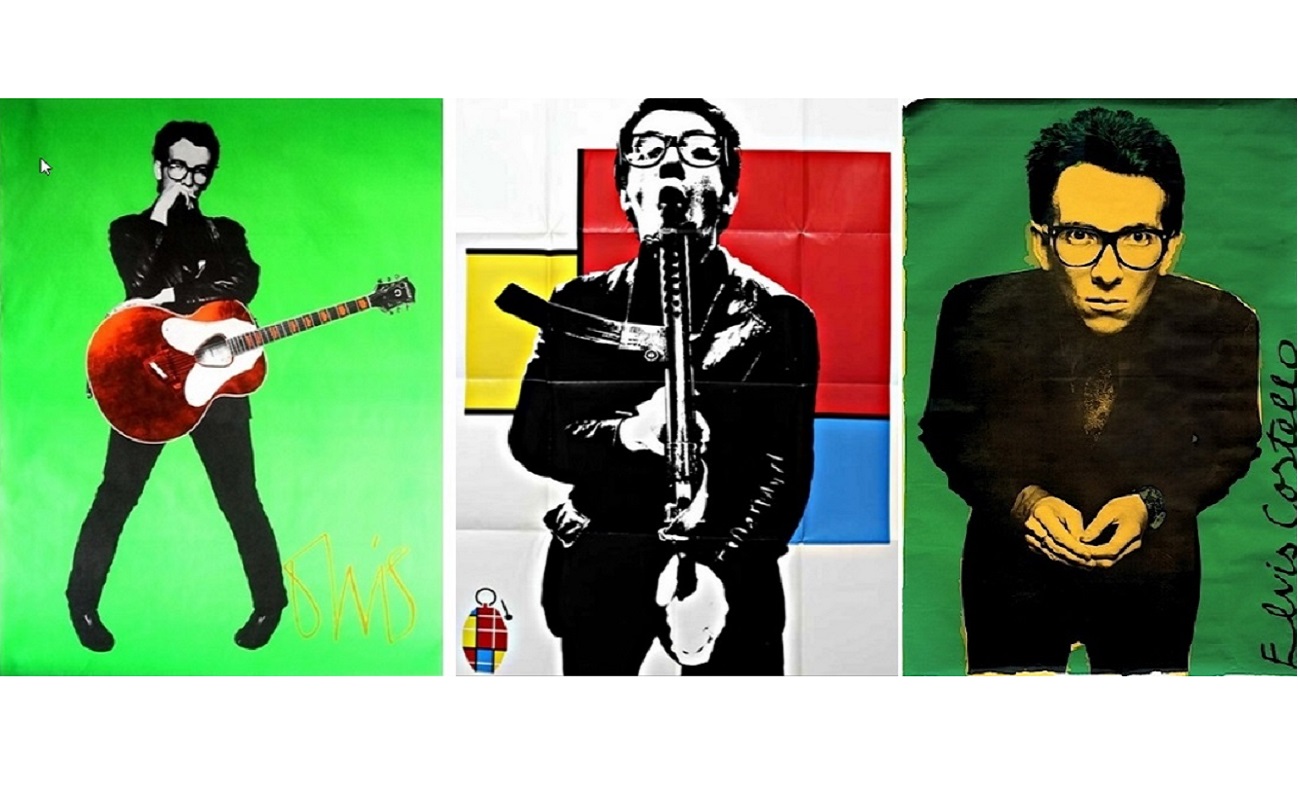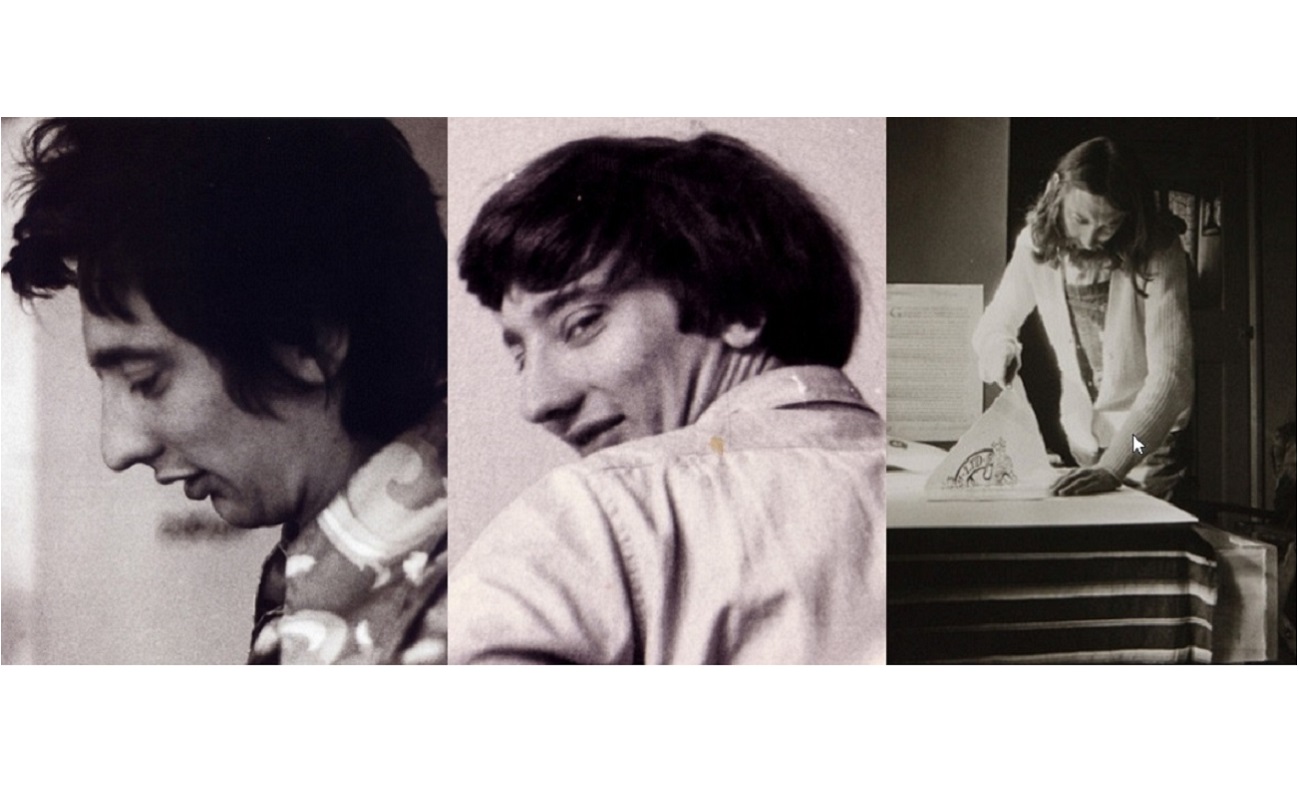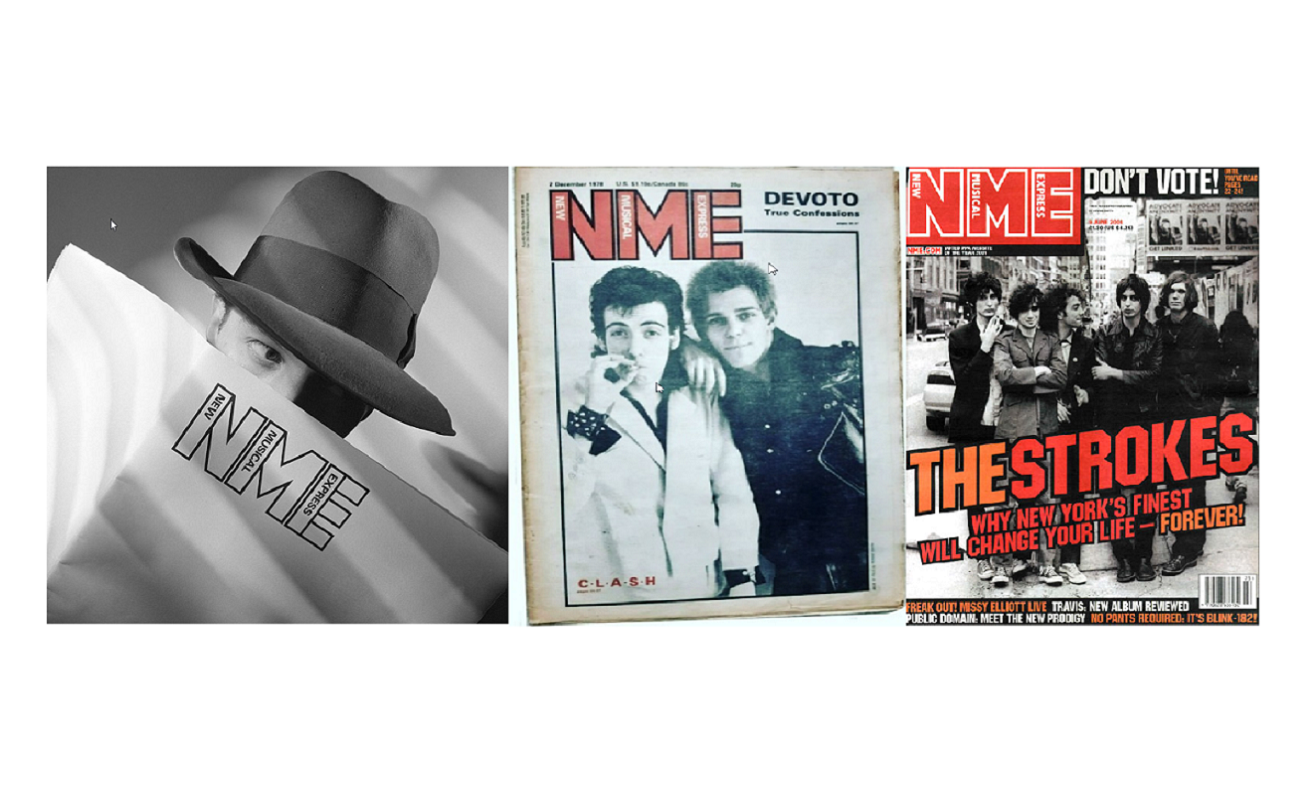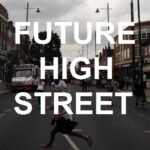The Genius of Barney Bubbles
A celebrated figure amongst design professionals, yet relatively unknown to the outside world. Is it time Whitton recognised one of its most influential residents?
Barney Bubbles was a graphic designer, one of the founding fathers of album cover art and undoubtedly one of the unsung geniuses of UK graphic design, responsible for a staggering number of instantly recognisable record sleeves between the late 1960s and early 1980s.
Despite shunning publicity and rarely signing his work Barney rose to prominence throughout the 70s and 80s as one of the most influential graphic designers within the music industry, however, it is only until quite recently that his influence on design has started to be more widely recognised.
His works are held in the collections of the V&A and the Museum of Modern Art in New York. Despite nearly four decades after his death his designs have been featured on a range of Fred Perry clothing, a range of handbags by French designer Olympia Le Tan and the name of a product range by the Tokyo fragrance label RetaW.
Barney Bubbles was born Colin Fulcher in 1942 and lived the early part of his life with his parents and sister at number 76 Tranmere Road, Whitton. He attended Isleworth Grammar School and in 1958 attended the Twickenham College of Technology, where he studied design.
Over the course of his 30-year career, Bubbles radicalised the form and function of album cover art, using the sleeve, as well as accompanying booklets and posters, not only as a means of expanding upon the ideas of the musicians themselves but as a canvas for his own distinct vision.
Anothermanmag
After leaving college he worked for a number of design studios including the Conran Group, working on corporate brands such as the Norman-style archer logo for Strongbow cider. During this time he acquired the name Barney Bubbles as a result of his popular parties and light shows where he’d mix oil and water on slides to create a bubble effect. By the late sixties he had set up his own studio, focusing principally on album cover art.
One of the earliest bands he worked with was Hawkwind and he became responsible for number of their album sleeves including: In Search of Space; Doremi Fasol Latido and Space Ritual. He was also responsible for a number of other aspects of their visual identity including posters, adverts, stage design and performance plans.
In the late seventies he joined Stiff Records, an independent records label who represented a number of punk and new wave bands. During this period Bubbles created artwork for fellow Whitton resident Elvis Costello, as well as Ian Dury, The Blockheads, Nick Lowe and The Damned.
With the advent of punk Barney successfully made the transition from hippy designer to punk designer. If anything, punk gave him a new lease of life. His association with Stiff Records and Radar Records was the second major phase of his career and gave him the opportunity to explore a range of influences from early 20th century design.
John Coulthart
Amongst his most celebrated works is Elvis Costello’s Armed Forces album cover and inlay, now considered a design classic. Released in early 1979 it was an immediate success, reaching the top 10 on both sides of the Atlantic. The album has recently been rereleased as a box set and features Barney’s original design.

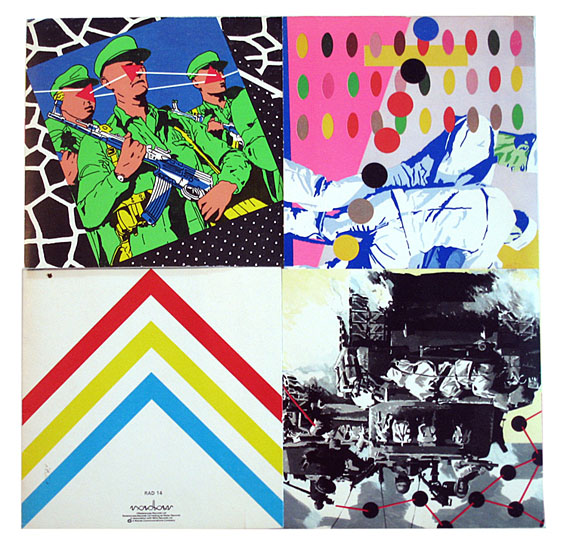
Barney also directed music videos including the Specials’ “Ghost Town,” Squeeze’s “Is That Love” and Elvis Costello’s “Clubland.” In 1978, Bubbles was also engaged by the UK music newspaper New Musical Express to overhaul its decades-old brand. Bubbles’ redesign incorporated elements of Pop art and 1920s Soviet poster art. His restyling heralded the title’s change from New Musical Express to NME and the basis of the logo and rebranding remains in use today.
So potent is the creative legacy of the graphic design master Barney Bubbles that he is continually cited as an inspiration by contemporary visual communicators, while his name and work is attached to all manner of endeavours.
Paul Gorman
Barney suffered from manic depression and committed suicide in London on 14 November 1983 at the age of 41. He had considerable personal and financial worries, had fallen out of fashion in the early 1980s and was increasingly showing erratic behaviour. He died on his late parents’ wedding anniversary.
For further information and reading see:
All designs credited to the © Barney Bubbles Estate.
In search of Barney Bubbles by Mark Hodkinson on BBC Radio 4 Listen here .
For a collection of all his works follow the Barney Bubbles Estate on Instagram. Follow here
Visual culture author Paul Gorman and his book ‘Reasons to be Cheerful,’ a celebration of the life and work of Barney Bubbles. See here.
Barney Bubbles: Artist and Designer, A journal by artist and designer John Coulthart. See here.
1983 obituary published in the NME shortly after his death. See here.
“My dear friend, the late Barney Bubbles was chosen to direct the Video for Ghost Town, their song about living in Thatcher’s Britain. It was to be shot at night, with the band driving around a deserted City of London in a vintage car. We got cooperation from the Police and were able to get some of the Tunnels under the Thames to close to other traffic long enough for us to film the Band in these empty tunnels as well as other parts of the City.” The words of photographer Chalky Davies who accompanied the band on the video shoot. Visit his website here.

